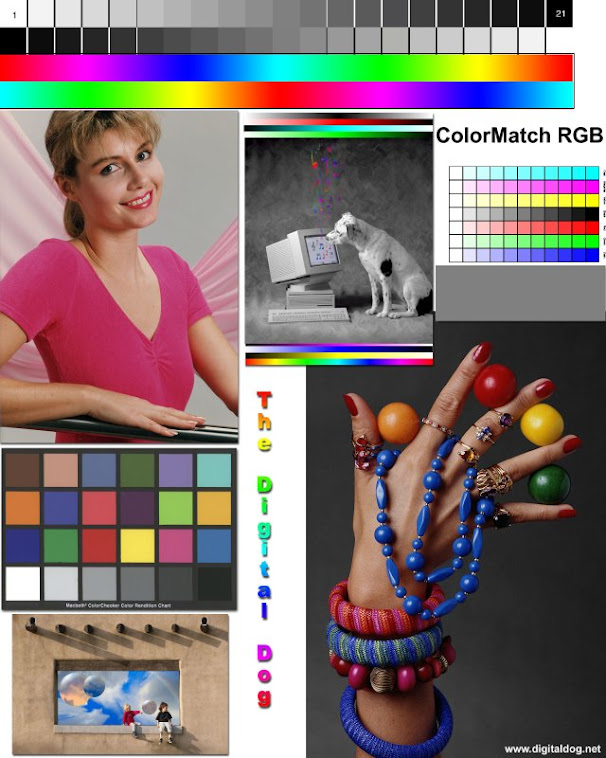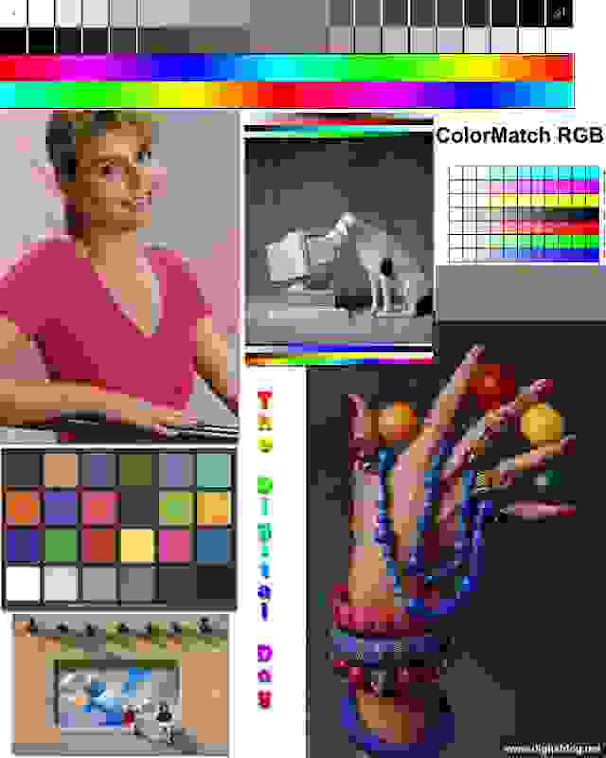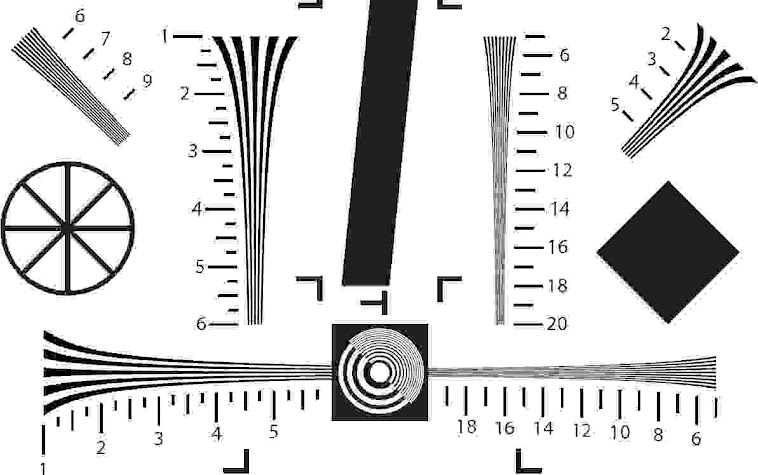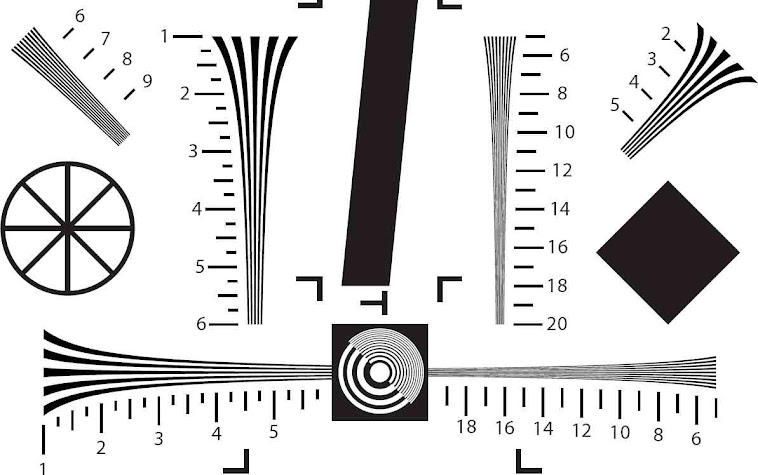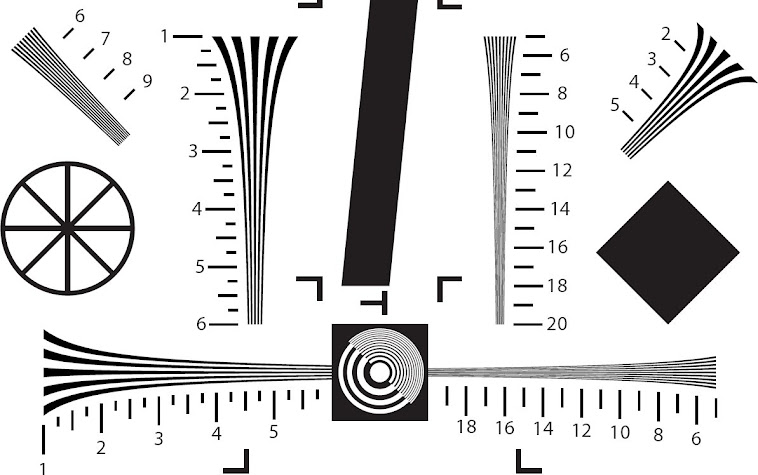Wednesday, February 28, 2007
Pano head is not necessary
I lend support to the author of the Panorama tutorial that pano heads are not necessay. I use tripods for convenience but using a hand should be possible. Since I've a tripod, I shall use it. In an emergency, I shall try to take pictures using my hand only and report on the result.
Save cropped images only
I disabled this option and is still waiting for enblend 3.0 to finish after more than 12 hours.
When "save cropped images" were turned on, it is not this long.
I was just testing this option to see the quality of picture. Whatever quality turns out, I don't think I can wait this long in order to stich 6Mpixel pictures.
When "save cropped images" were turned on, it is not this long.
I was just testing this option to see the quality of picture. Whatever quality turns out, I don't think I can wait this long in order to stich 6Mpixel pictures.
Tuesday, February 20, 2007
Experiences with Hugin 0.7
Just finished a difficult night scene at Anjung Senja, Kota Kinabalu.
The panorama viewer at Hugin is extremely useful. Apart from the wrong file name, it worked beautifully and fast. You must use the image numbers instead of the file names in preview mode, and check the actual file names from hugin main menu.
The preview mode allowed me to skip files that I don't need. It should help me in taking better panorama pictures by making sure that I have identifiable points in order to align my adjacent pictures together. Otherwise, it is just a waste of time.
The surprise for enblend 3.0 is that, it is different from Hugin panorama viewer in that it allowed my anchor picture, the first picture to be the dominant picture, unlike Hugin panorama viewer.
It allowed me to insert pictures of my children inside my panoramic picture.
nona inside Hugin does not allow more than 8160 resolution with my 1Gbyte RAM. My 6 Mpixel pictures, allowed up to 16000 resolution. Fortunately, 8160 is the default for my RC Simulators.
The panorama viewer at Hugin is extremely useful. Apart from the wrong file name, it worked beautifully and fast. You must use the image numbers instead of the file names in preview mode, and check the actual file names from hugin main menu.
The preview mode allowed me to skip files that I don't need. It should help me in taking better panorama pictures by making sure that I have identifiable points in order to align my adjacent pictures together. Otherwise, it is just a waste of time.
The surprise for enblend 3.0 is that, it is different from Hugin panorama viewer in that it allowed my anchor picture, the first picture to be the dominant picture, unlike Hugin panorama viewer.
It allowed me to insert pictures of my children inside my panoramic picture.
nona inside Hugin does not allow more than 8160 resolution with my 1Gbyte RAM. My 6 Mpixel pictures, allowed up to 16000 resolution. Fortunately, 8160 is the default for my RC Simulators.
Monday, February 19, 2007
Hugin 0.7 is wonderful
I've just followed through the tutorial as mentioned by
http://user.cs.tu-berlin.de/~nowozin/autopano-sift/
which came about when I tried to learn about autopano-sift.
This led to Rob Park's tutorial which is the best for me.
I had difficulty reading it until I discovered the following:
1) the tutorial mentions 3 different software.
autopano-sift GUI version, called autopanog.
Don't confuse this with autopano which comes with hugin.
the output of both autopano and autopano-sift is a .oto file and make sure the path names are stored, as recommended.
2) The input to hugin is the .oto file which also contains the file names that need to be stiched.
3) The output of hugin is after the stiching(done by nona), which is recommended as multipart tiff(a series of files with names*.tif) which still needs to be blended with enblend.
4) enblend needs to be executed from the command line.
There are options for executing it from the hugin GUI but is not recommended by Rob Park.
Extra things with hugin.
With hugin, it is impossilbe not to be able to stich panoramic pictures. We can always manuall place the pictures where we want them.
Use the panorama viewer to select the files that you want to be included and to see their placements.
Disable wrongly placed pictures and insert control points which autopano misses.
The endblend 3 that comes with hugin 0.7 beta 4, does not seem to work. I had to revert to enblend 2.5 which comes with hugin 0.5.
the main problem with autostick is that it keeps on getting out of memory errors which necessitates a redoing of everything. Hopefully with hugin, I need only to redo steps that had failed with options to output at various quality and resolutions, with the added bonus of never failing and ability to use all photos, that can be placed manually. No need to do any pano editing any more.
http://user.cs.tu-berlin.de/~nowozin/autopano-sift/
which came about when I tried to learn about autopano-sift.
This led to Rob Park's tutorial which is the best for me.
I had difficulty reading it until I discovered the following:
1) the tutorial mentions 3 different software.
autopano-sift GUI version, called autopanog.
Don't confuse this with autopano which comes with hugin.
the output of both autopano and autopano-sift is a .oto file and make sure the path names are stored, as recommended.
2) The input to hugin is the .oto file which also contains the file names that need to be stiched.
3) The output of hugin is after the stiching(done by nona), which is recommended as multipart tiff(a series of files with names*.tif) which still needs to be blended with enblend.
4) enblend needs to be executed from the command line.
There are options for executing it from the hugin GUI but is not recommended by Rob Park.
Extra things with hugin.
With hugin, it is impossilbe not to be able to stich panoramic pictures. We can always manuall place the pictures where we want them.
Use the panorama viewer to select the files that you want to be included and to see their placements.
Disable wrongly placed pictures and insert control points which autopano misses.
The endblend 3 that comes with hugin 0.7 beta 4, does not seem to work. I had to revert to enblend 2.5 which comes with hugin 0.5.
the main problem with autostick is that it keeps on getting out of memory errors which necessitates a redoing of everything. Hopefully with hugin, I need only to redo steps that had failed with options to output at various quality and resolutions, with the added bonus of never failing and ability to use all photos, that can be placed manually. No need to do any pano editing any more.
Friday, February 16, 2007
Problems with old autostich
I had problems with the old autostich. Since it is only a demo, it expires. I had to download a new version.
I tried using the freeware hugin, now at version 1.7beta 4 but autostich makes life so easy but I had to disable autostraiten and make the SIFT size 25%.
I tried using the freeware hugin, now at version 1.7beta 4 but autostich makes life so easy but I had to disable autostraiten and make the SIFT size 25%.
360x180 degree Panoramic pictures
360 degree is horizontally all around.
180 degree is vertically all round, which means that it is a complete sphere of vision.
Step 1:
We need to take overlapping pictures from exactly the same point. Minimum overlap is 10%.
The more we deviate, the less perfect the panoramic pictures are. Most of my pictures are not perfect because I use normal tripod and just rotate them horizontally and vertically.
The results are not good but are acceptable for most uses.
Step 2:
Use software to join all the pictures together. The best, and the one that I use the most is the freeware, autostich.
Step 3:
You can only edit the pictures using 2D graphic editors or pteditor from Helmut Dersch.
Step 3:
The pictures are best viewed using panoramic viewers such as the ptviewer also from Helmut Dersch.
Helmut Dersch provides not only these tools, but also their source codes, all written in Java, so that we can embed them in our web pages.
180 degree is vertically all round, which means that it is a complete sphere of vision.
Step 1:
We need to take overlapping pictures from exactly the same point. Minimum overlap is 10%.
The more we deviate, the less perfect the panoramic pictures are. Most of my pictures are not perfect because I use normal tripod and just rotate them horizontally and vertically.
The results are not good but are acceptable for most uses.
Step 2:
Use software to join all the pictures together. The best, and the one that I use the most is the freeware, autostich.
Step 3:
You can only edit the pictures using 2D graphic editors or pteditor from Helmut Dersch.
Step 3:
The pictures are best viewed using panoramic viewers such as the ptviewer also from Helmut Dersch.
Helmut Dersch provides not only these tools, but also their source codes, all written in Java, so that we can embed them in our web pages.
Subscribe to:
Posts (Atom)

